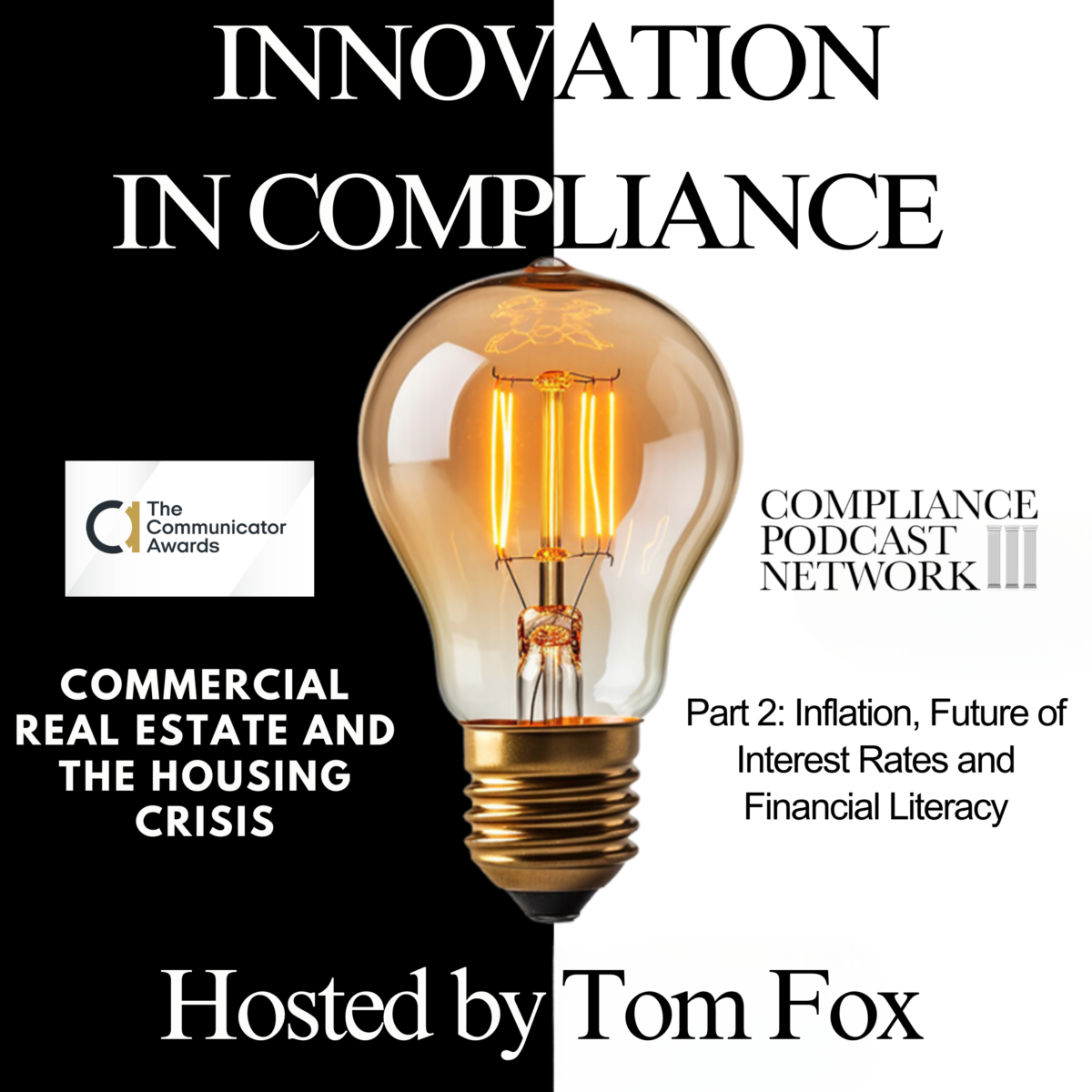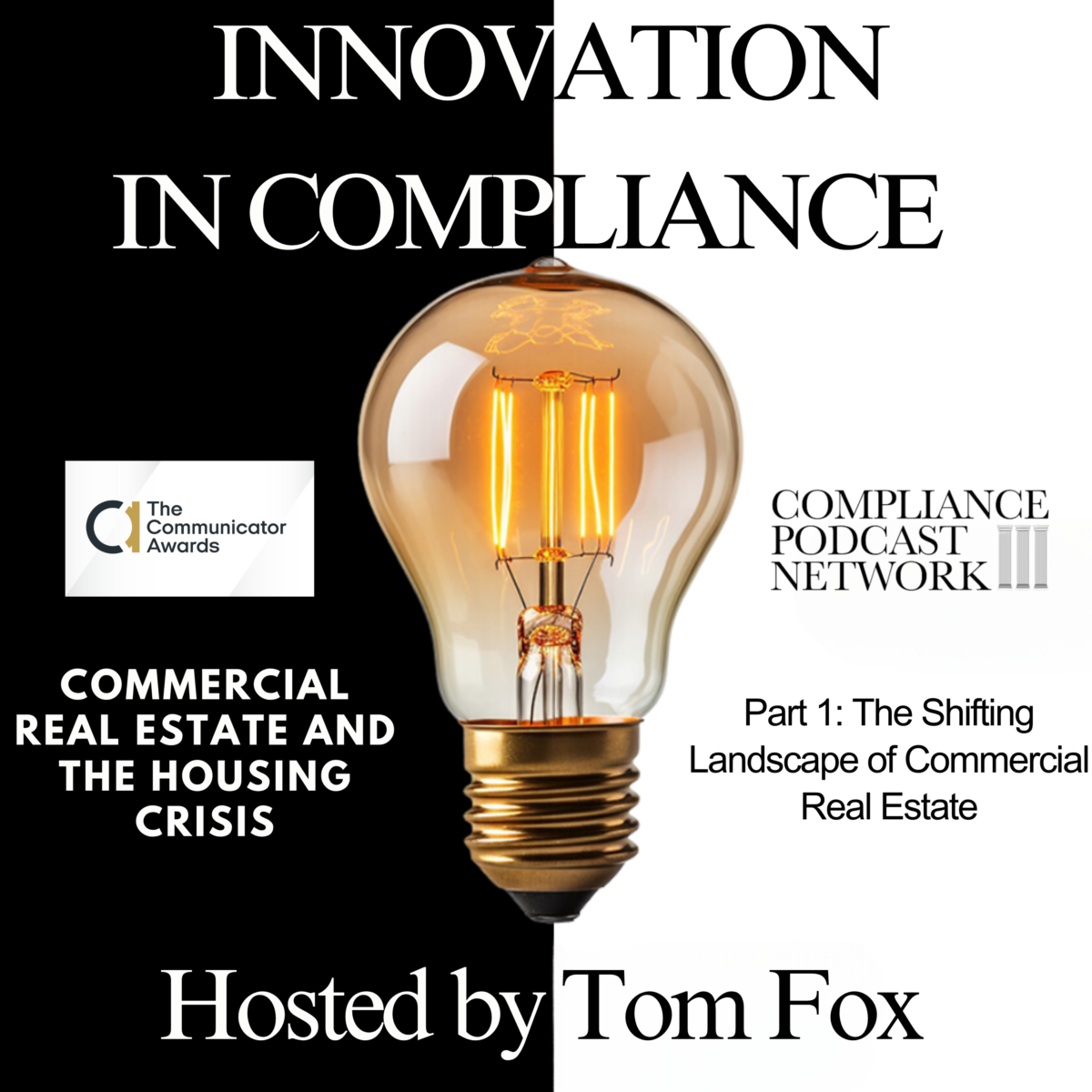This week I wanted to take things in a different direction as I will consider the current state of the commercial real estate market and the housing crisis in America. In this Part 1 of a three part blog post series, the discussion focuses on the current state of commercial real estate, examining both macro and microeconomic issues that affect the industry nationwide and specifically in Kerrville and Kerr County.
We began by consider the current commercial real estate’s market viability. Despite current challenges, commercial real estate remains a crucial part of the economy. However, the market is undergoing a significant correction, primarily driven by higher interest rates. The Federal Reserve’s rate hikes have substantially increased borrowing costs, leading to decreased property values and lower leverage.
Banks are also feeling the pressure, with regulators demanding higher reserves and downgrading loans. This environment has created a mantra within the industry: “Survive through 2025.” Despite these hurdles, there is a silver lining. Lending is slowly picking up again, and opportunities for savvy investors remain, albeit with caution and long-term perspective.
The pandemic has accelerated existing trends, such as remote work. Technology has enabled a flexible work environment, reducing the demand for traditional office spaces. This shift has led to a decrease in occupancy in downtown areas and suburban office parks. Cities now face the challenge of repurposing office buildings and attracting residents to urban cores to rejuvenate local economies.
San Francisco serves as a case study in this transformation. The city is experiencing the early stages of repurposing its downtown, attracting new types of tenants and investors willing to capitalize on lower property prices. This trend, while challenging for current property owners, presents a long-term investment opportunity for those able to navigate the changing landscape.
There have also been significant changes in the banking sector. Higher interest rates have reduced the debt service coverage ratios for many commercial properties, prompting regulators to enforce stricter lending criteria. This has led to a slowdown in commercial real estate lending. However, as the market adjusts, there are signs of recovery. Equity remains available for attractive investments, and lending is gradually resuming.
Investors, both individual and institutional, must adapt to the current market conditions. Higher interest rates mean higher borrowing costs and, consequently, the need for larger down payments. Investors must be prepared for increased rents and ensure their portfolios are diversified to mitigate risks. A long-term investment approach is certainly advisable at this point, with the importance of staying the course despite market volatility as critical. Historical trends suggest that markets recover over time, and a disciplined investment strategy can yield substantial returns.
Bart Peterson provided insights into how specific regions, like Indianapolis, are navigating these changes. Indianapolis has successfully positioned itself as a convention and sports destination, with a strategy that has been in place for decades. This focus has allowed the city to quickly rebound from the pandemic, maintaining high hotel occupancy rates and vibrant tourism and convention sectors.
The commercial real estate market is in the midst of a significant correction, driven by higher interest rates and cultural shifts. However, it remains a viable long-term investment for those who approach it with caution and a strategic mindset. Investors should focus on diversification, long-term planning, and staying informed about market trends.
Cities must adapt to changing demands by repurposing real estate and attracting new types of tenants. The banking sector is slowly recovering, with signs of increased lending activity. Despite the challenges, opportunities exist for those willing to navigate the current landscape with a keen eye on the future. Our discussion concluded with a consensus that while the commercial real estate market faces significant challenges, it also presents opportunities for informed and strategic investors. By focusing on long-term goals, staying diversified, and adapting to market changes, investors can weather the current storm and emerge stronger.





